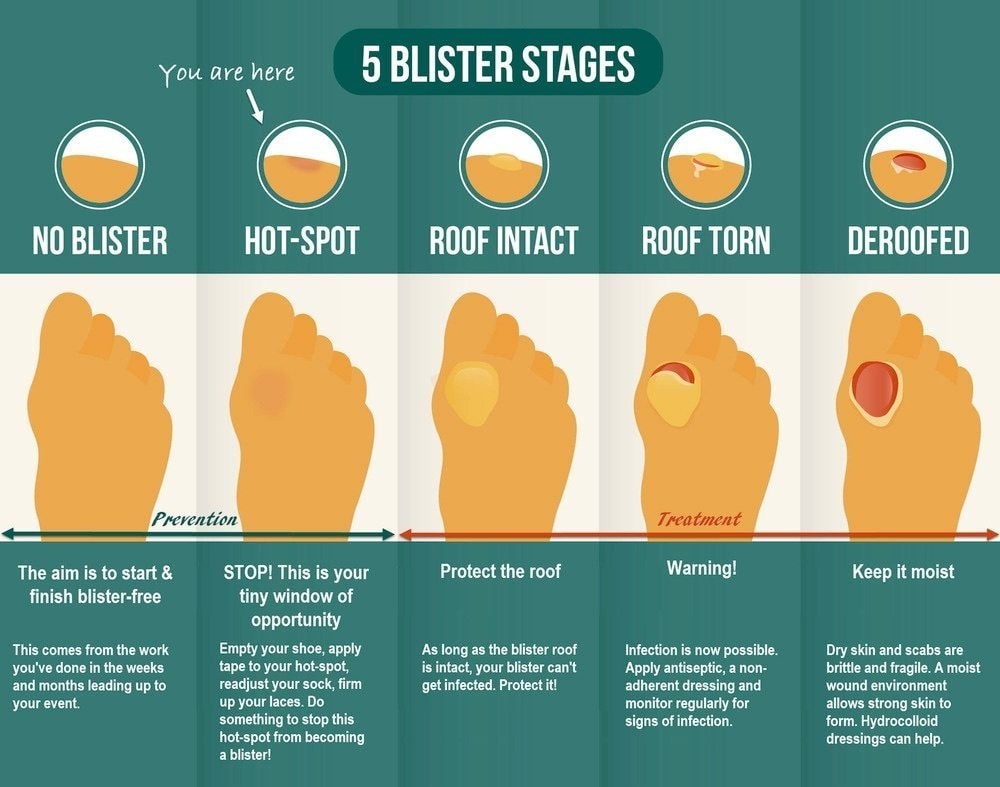Best Tips About How To Treat A Blood Blister

Antibiotics may be prescribed to treat an infected blister.
How to treat a blood blister. First aid blisters: Choose footwear that fits well and provides. Some causes include trauma, food allergies,.
Change the bandage once a day or whenever it gets wet or dirty, and remove at night to let the area. How to tell if a blister is infected. Remedies and treatment tips for healing and prevention we include products we think are useful for our readers.
It can also form under a moist layer of tissue inside the mouth. You can treat it at home by washing the area, applying antibacterial cream. Usually, the fluid will drain away during the first.
A hydrocolloid dressing (a moist dressing) can protect the blister, help reduce pain and speed up healing. Prevention frequently asked questions a blister is a skin condition or sore in which fluid builds up between layers of the skin. For a blister that has not popped try not to pop or drain it.
First aid by mayo clinic staff if a blister isn't too painful, try to keep it intact. They are usually harmless and heal on their own in a few weeks. If you buy through links on this page, we may earn a.
Unbroken skin over a blister may provide a natural barrier to bacteria. Find a pharmacy check if you have a blister blisters. Protecting sensitive areas.
Learn when to see a doctor and how to. Apply a thin layer of petroleum jelly and cover it with a nonstick bandage. Leave it uncovered or cover loosely with a bandage.
A blood blister is a painful skin condition where fluid fills a space between layers of skin. If the blister is in a pressure. Blood blisters are raised pockets of skin with blood inside.
By sarah hudgens published on october 4, 2023 medically reviewed by casey gallagher, md kathleen finlay / getty. Apply moleskin to areas that normally chafe. Prevention strategies preventing blood blisters involves adopting proactive measures to minimize friction and pressure on the feet.
You may also have an infected blister if. Try not to put pressure on the area. Serious blisters, and those caused by disease or infection, should only be treated by a doctor.





:max_bytes(150000):strip_icc()/blood-blisters-an-overview-4174292-5bb7b9f0c9e77c005137ad25.png)


![How To Treat A Blister Under A Callus [2024 Edition]](https://www.trainfora5k.com/wp-content/uploads/2020/09/How-to-Treat-a-Blister-Under-a-Callus--768x644.png)




![Painful and Sore Blisters on the Foot and Toe [Blood blister treatment]](https://www.michiganfootdoctors.com/uploads/2013/02/Heel-Blister.jpg)




